When you see names as Tokugawa Ieyasu or Suzuki Harunobu, which is the family name and which is the given name?
Japanese names are written with the family name first. In the examples above, Tokugawa and Suzuki are family names, while Ieyasu and Harunobu are given names. Artists are often referred to by their given name only, as Harunobu, Kuniyoshi, Sharaku, Utamaro,... although that can be a pseudonym.
When it comes to artists and actors, it is more complicated, because they often changed pseudonyms and the same artist can be known under many different names. Moreover, they often adopted as a family name, the name of the school they belonged to or the name of their most important teacher. Sometimes they also created their given name/pseudonym from their teacher's. Kuniyoshi and Kunisada, for instance, took the first part of their pseudonyms from the name of their mentor and teacher, Toyokuni. Another example of that is that Yoshitoshi took the first part of his pseudonym from the end of the pseudonym of his teacher Kuniyoshi. They also all belonged to the Utagawa school, and called themselves Utagawa Kuniyoshi, Utagawa Kunisada, etc. Yoshitoshi, for some reason, did not follow that tradition. There are numerous artists with the name "Utagawa" something, since the Utagawa school during a long time was the largest and most dominant school.
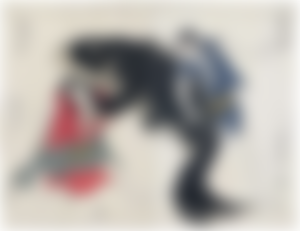
Students sometimes adopted their teacher's pseudonym in full, but with number II or III, and so on - and especially when the teacher died or if they did inherit his position as the head of a school. Thus we have the famous Hiroshige, but also Hiroshige II and Hiroshige III. These numerations sometimes cause confusion, especially when there are different claims of being number II or III.
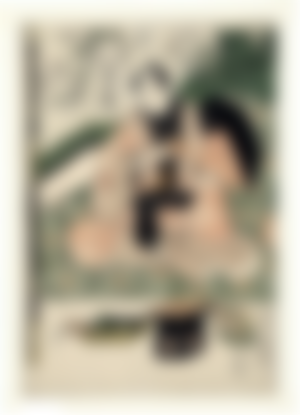
A famous case is Toyokuni. Toyokuni I (1769-1825) was a great artist and the head of the Utagawa school. When he died, his son-in-law and student, Toyoshige (1777–1835), inherited his position and called himself Toyokuni II. Another student, more known as Kunisada (1786-1865), who would later become the ultimate superstar of ukiyo-e of his time, also called himself Toyokuni II. When Toyoshige died, Kunisada succeeded him and was then generally recognised as Toyokuni III. But the fact remains that for a time there were 2 artists called Toyokuni II.
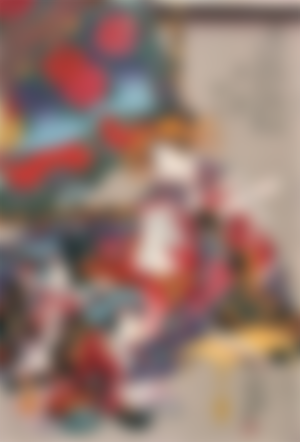
What is worse, Kunisada continued to insist of being Toyokuni II also when others saw him as Toyokuni III, so after his death, his student, commonly known as Kunisada II (1823-1880), took the name Toyokuni III, while the environment saw him as Toyokuni IV. As a further complication, the artistic style of these artists is sometimes very similar; so similar in fact, that it is impossible to say which one of them is the creator. Even renowned museums can display a copy of the very same print, but attribute it to different artists.
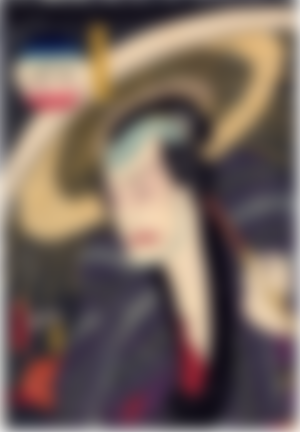
As for Kabuki actors, names are treated similarly. They are often numbered versions of the name of their mentor or most important teacher, or someone whose position in the hierarchy of a theatre they inherit. So, just as the artists, actors can change name several times during their career. We can see an example of that in the print above: The actor was at the time known as Nakamura Tsuruzô I, but had previously been Nakamura Nakazô III.
Copyright © 2020 Meleonymica/Mictorrani. All Rights Reserved.
You find all my articles on Japanese Art & Culture here.
Interested in Japanese culture? Join my community Japanese Art & Cultural History (7c1f).
You find all my writings on Read.Cash, sorted by topic, here.
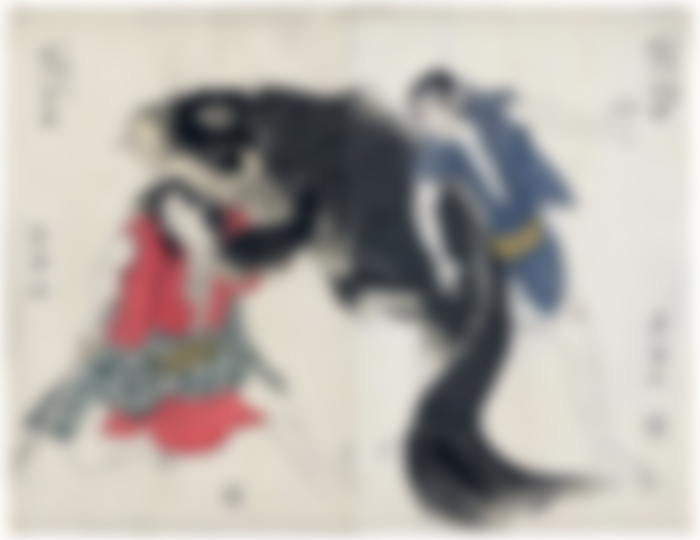



I know nothing about Japanese history. I'll just read the articles about the characters here later. But I'm amazed that the way they write their names are similar with the Koreans. Thanks to your articles, I am being introduced to fresh topics 💗